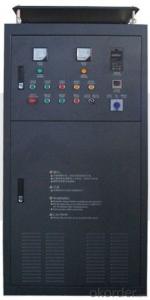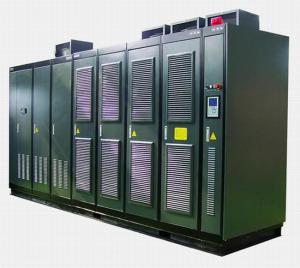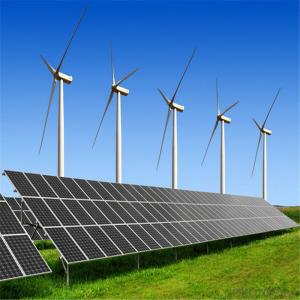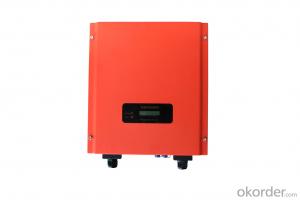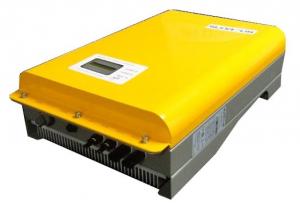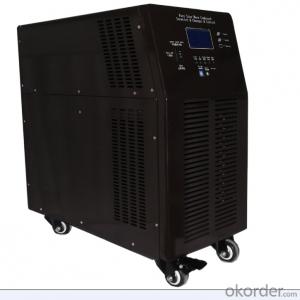Vietnam Solar Inverter
Vietnam Solar Inverter Related Searches
Taiwan Solar Inverter Solar Inverter Taiwan Solar Inverter Thailand Inverter Solar Solar Solar Inverter Inverter Solar Cell Chinese Solar Inverter Vivint Solar Inverter Solar Inverter Italy Inverter Solar System Inverter Battery Solar Germany Solar Inverter 240 Volt Solar Inverter Inverter Solar Battery Battery Solar Inverter Siemens Solar Inverter Inverter Hybrid Solar Solar Inverter System Solar Inverter Canada Invt Solar Inverter Smart Inverter Solar Home Solar Inverter Japanese Solar Inverter Victron Solar Inverter Battery Inverter Solar Solar Module Inverter Austrian Solar Inverter Solar Smart Inverter Inverter Power Solar Solar Battery InverterVietnam Solar Inverter Supplier & Manufacturer from China
Vietnam Solar Inverter encompasses a variety of high-quality inverters designed to convert solar energy into usable electrical power. These inverters play a crucial role in the renewable energy sector, ensuring efficient power generation and distribution. They are widely used in residential, commercial, and industrial settings, where solar panels are installed to harness sunlight and generate electricity. The application of these inverters extends to off-grid systems, grid-tied systems, and hybrid systems, catering to diverse energy requirements and ensuring reliable power supply.In various usage scenarios, Vietnam Solar Inverters are essential for maintaining the stability and efficiency of solar power systems. They are responsible for managing the flow of electricity from solar panels to the grid or battery storage, ensuring that the energy is utilized optimally. These inverters are also equipped with advanced features such as maximum power point tracking (MPPT), which maximizes the energy output from solar panels under varying sunlight conditions.
Okorder.com stands as a prominent wholesale supplier of Vietnam Solar Inverter, boasting a vast inventory that caters to the needs of various customers. With a commitment to quality and customer satisfaction, Okorder.com ensures that the inverters supplied are of the highest standards, meeting the demands of different solar power applications. By offering a wide range of inverters at competitive prices, Okorder.com has established itself as a reliable source for Vietnam Solar Inverter, facilitating the growth of renewable energy solutions worldwide.
Hot Products

